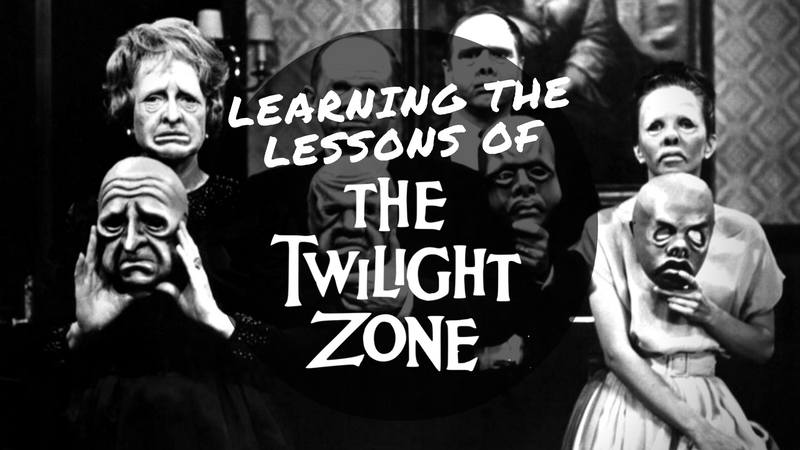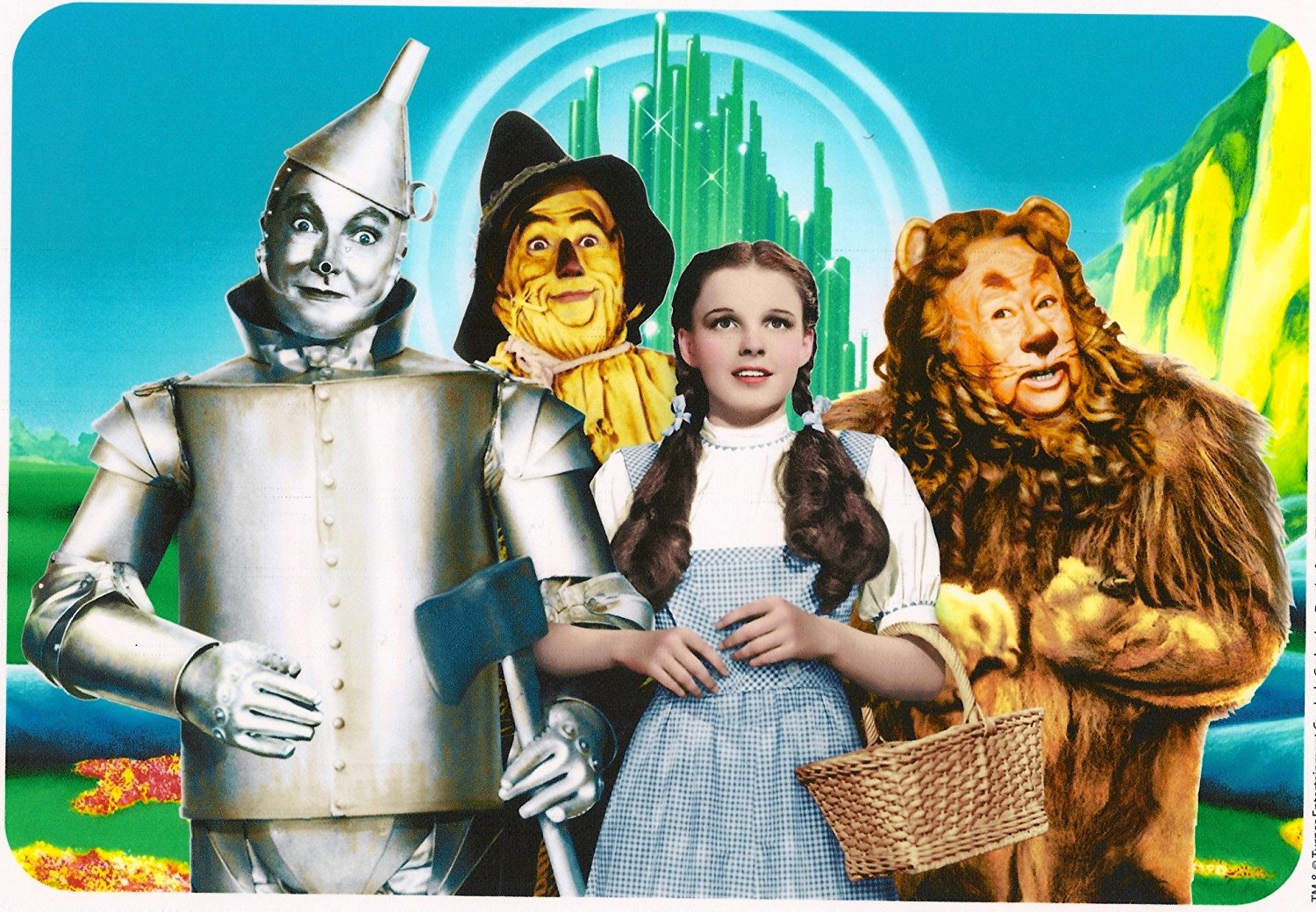The Twilight Zone (1959)’s “The Masks” and the 60s

The Twilight Zone (1959)’s “The Masks” aired in 1964 as the 25th episode of season 5.
This particular show was a huge phenomenon for American families in the 60s. While the show mainly focuses on strange events, aliens, and different out of live topics, it can be deconstructed and analyzed as a firm criticism.
The Twilight Zone and The Masks
This particular episode of The Twilight Zone (1959) heavily shot in the home environment with a big and wealthy family portrayal. On the surface, this exemplary American family represents American values in their perfect forms. In her article, Lorna Jowett talks about the fear of invasion, particularly at home. After all, supposedly the safest place for a person is the home and the real horror starts when this safest place is not safe anymore.
The home environment is changing with the people in it. The values and the people who made this home strong are now the fuel of the horror. This change and the dichotomy of good and bad or in a way American and the other are very much visible throughout the episode.
For instance, the evening show introduces a dichotomy between the masks and the person who wears them.

THE TWILIGHT ZONE episode, “The Masks.” Image dated May 23, 1963. Original broadcast date, March 20, 1964. Los Angeles, CA. (Photo by CBS via Getty Images)
Before wearing the masks, each character is introduced to the audience the good values of society. They are wealthy, white, and mannered in a big mansion. A perfect American dream. While the members of the family represent the good values of the society, the masks represent the bad values. The sick and old father/grandfather even jokes about the masks and how the people who wear them are completely opposite.
This charade also turns the table around. Since the real masks are the ones that the members of the family wear all the time in society, and the masks they wear in the evening are actually the real representation of their personalities. Lorna Jowett connects this secrecy with horror as she states that “Home exposes a dark heritage lurking beneath the surface of America and American television”(Jowett xii). In a way a social reflection to the US, this episode shows that there are problems that need to be dealt with in society whether related to race, espionage, or even war. Yet, the television in particular and the society lives in denial of these problems and wears masks all the time to preserve the image of the perfect American family and society.
What happened in the 60s?
With the Cuban Missile Crisis in 1963, the Red Scare and the fear of invasion by the Soviets were still very much dominant in 1964.
Particularly, the sensation of the Red Scare and McCarthyism in the US also developed paranoia about spies and communists. Considering television as a very useful propaganda tool for the state, the masks, and the hidden identities may also be interpreted as the episode clearly warns about the communists around oneself. In a way horror of communism lies within the very known people around oneself even in one’s own house, wearing masks to please.
Yet, the times of the 60s are not only remembered by the times of the Cold War and the Red Scare but also Civil Rights Movements in the US.
It is also a clear criticism of how the US has changed.
There are many problems that need to be fixed, yet everyone is wearing masks and pretending that everything is fine. Also, the masks represent something powerful, it shows that it is not how you portray yourself defines you, but it is the actions that decide your true character.
In the case of the US, no matter what is written in the constitution, segregation and discrimination are still continuing.
The US is pretending that the masks are just masks and not real. And like the show, It puts its own masks and pretends that everything is fine. From this perspective, it is a strong message and support for the Civil Rights Movements of the 60s. But also, it shows a great fear of communism and the Red Scare. How the USSR invades the US with the people who mask themselves and integrate themselves even into our homes.
Overall
“The Masks” shows that the supposedly most secure place in life, home, can be disturbed by deception and secrecy. In a way, everything that the people try to distance themselves and their life eventually comes back to haunt them.
To include this to the US at the time, there are so many aspects and events at the airtime that to face these in the environment of a safe home. This can be Red Scare and Soviet spies around the neighborhood which gives the feeling of no one is safe and nowhere is safe, not even one’s own house. On the other hand, it can also mean that As Americans, we lost our values, we changed and we pretend like this never happened and we live in ignorance and the core of our identity, our homes are changed and not as before.
Or this is just another episode of The Twilight Zone with no other meaning behind it, it is just designed for people to watch a horror show in their living room with the family.
Works Cited:
Jowett, Lorna /Stacey Abbott. “Introduction: Horror Begins at Home.” TV Horror. London et al.:I.B. Tauris, 2013.xi-xv







